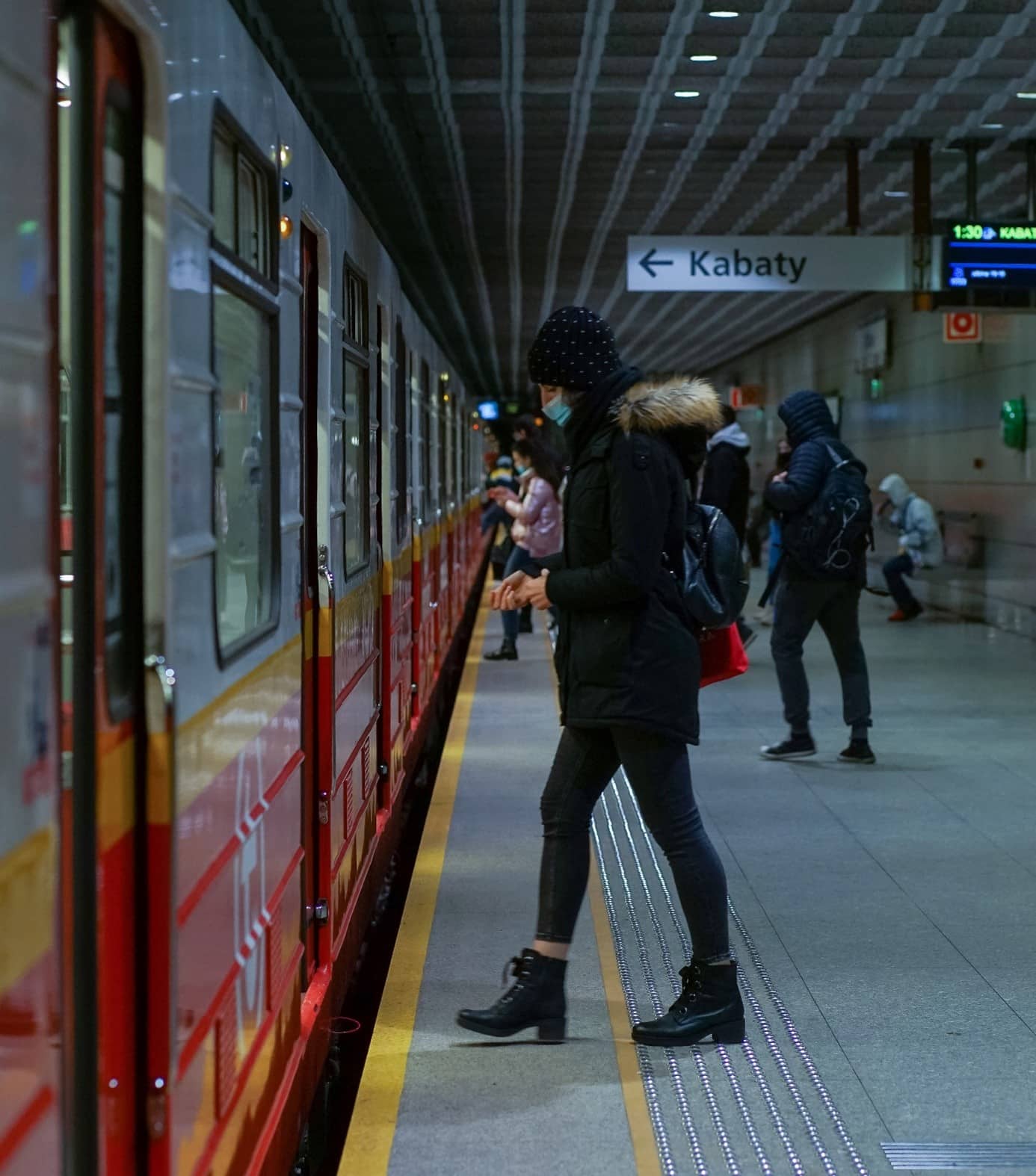Women make up one of the groups most vulnerable to the impacts of extreme weather conditions brought on by climate change. That’s why any mitigation efforts need to consider their unique needs, as well as those of other marginalized groups, such as youth, ethnic minorities, and Indigenous populations. But what does a gender responsive approach to climate resilient development look like exactly?
By Courtney Tenz
Electrified mass transit
The latest IPCC report, released in early 2022, is very blunt about what the future To lower that threat, scientists have proposed a series of solutions promoting climate resilient development. Among their findings: individual modes of vehicular transport need to quickly become a thing of the past — replaced by mass public transport that is electrified.
While achieving that goal will benefit everyone, finding ways to do so requires looking at mobility from a variety of perspectives to ensure no one’s left behind. After all, not everyone uses transportation in the same manner. Women, for example, are more likely to use public transportation for their daily activities and more likely to make multiple stops than men. At the same time, they are less likely to feel safe while doing so and have less time to carry out their responsibilities.
Keeping the needs of women in the community in mind, then, means finding ways to ensure that the public transit available is accessible, inclusive, and affordable for everyone. Taking women’s concerns into account — making it gender responsive —
Gender’s role in planning
At the same time that leaders need to determine solutions that are equitable, they need to make sure that projects aren’t merely including a bit of a gender component as an appeasement strategy. Actively working to slow warming and mitigate the impacts of climate change demands a shift in behavior and culture as part of targeted climate action.
“Societal choices and actions implemented in the next decade determine the extent to which medium- and long-term pathways will deliver higher or lower climate resilient development (high confidence),” the report notes. “Importantly climate resilient development prospects are increasingly limited if current greenhouse gas emissions do not rapidly decline, especially if 1.5°C global warming is exceeded in the near term (high confidence).”
That means that the choices we have been making in the recent past have put us on a path to an unsustainable future. Changing behaviors and actions at the societal level is important to slowing warming. These same societal choices and actions that have been made in the past are those which have left the most vulnerable populations at risk; including voices from these groups in the implementation of solutions is vital to ensuring their needs are adequately met.
In 2020, the IPCC recognized this and set the stage for the 2022 Implementation Plan to include a gender component, assigning a “Gender Action Team” comprised of leaders in their fields to address those systems at play that might be impacting women.
Gender in the mobility sector
Given the current state of warming, the role of these women leaders is even more vital to prevent the most adverse effects from impacting vulnerable groups. As sea levels rise and heat waves intensify, the report notes, these events are most impacting socio-economically disadvantaged populations in major cities, especially the elderly and the impoverished or those who live in informal settlements.
will require not only shoring up those transportation routes likely to be impacted by heat or flooding, it will also need to include feasible alternatives to the oft-loved personal vehicle, making cities less car-centric. Inclusive mobility solutions will need to ensure better access to public transport, expanding the range of motion for vulnerable populations and opening up access to better economic variables, such as higher-paying jobs.
While the choices we make in the coming months and years may seem minor on the individual level, the IPCC report makes clear that fighting combat change is a collective responsibility — one with a number of mitigation solutions waiting to be implemented. As climate resilient development requires rethinking governance, technology, and finance to be more inclusive, women can play a vital role in implementing the report’s findings in a manner that does not neglect the most vulnerable.
Read the full IPCC report online.



